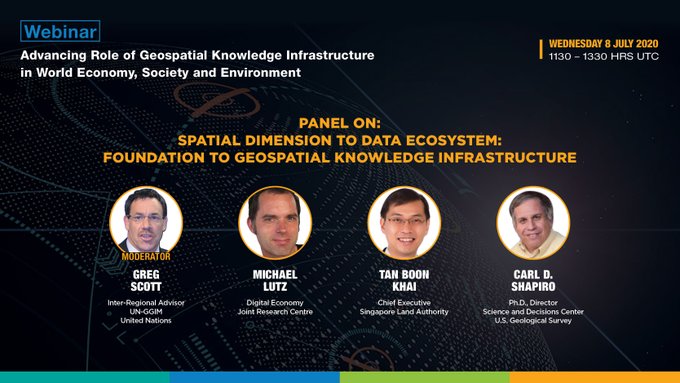Information:
As the world adjusts to new ways of working, living and operating, people across the globe are increasingly valuing the power of ‘where’ or geospatial knowledge. It is this geospatial knowledge that enables governments to make data-based decisions at scale and determine the type of interventions required for different programs, it helps businesses make strategic decisions and plan resource allocation intelligently. Geospatial Knowledge has touched the lives of billions of people across the globe making it more connected and comfortable. What then is the growth trajectory of Geospatial Knowledge? How does the new-age technology, including AI, Big Data Analytics, Cloud Computing, Robotics and Drones influencing Geospatial adoption across user segments? Are governments and businesses ready to scale up geospatial adoption for supporting diversified programs, business outcomes and development goals? What is the paradigm shift required to look at this critical infrastructure from a new light, so that the process of its enmeshment within the digital infrastructure is pervasive?
Geospatial Media and Communications has embarked on a journey with the United Nations Statistics Division and a host of partner organisations from different contexts to define, develop and help countries establish a Geospatial Knowledge Infrastructure. The project aims to bring out the value proposition of Geospatial Knowledge, forecast its relevance and connectivity with fundamentals of next generation economy and society and to redefine the role of stakeholders: government, industry and civil society. The campaign launched in January 2020 is titled, “Advancing Role of Geospatial Knowledge Infrastructure in World Economy, Society and Environment”.
As part of the outreach activity of the project, Geospatial Media and its partner organizations presents a two-hour intensive webinar to uncover three key topics that will develop your understanding on Geospatial Knowledge Infrastructure.
